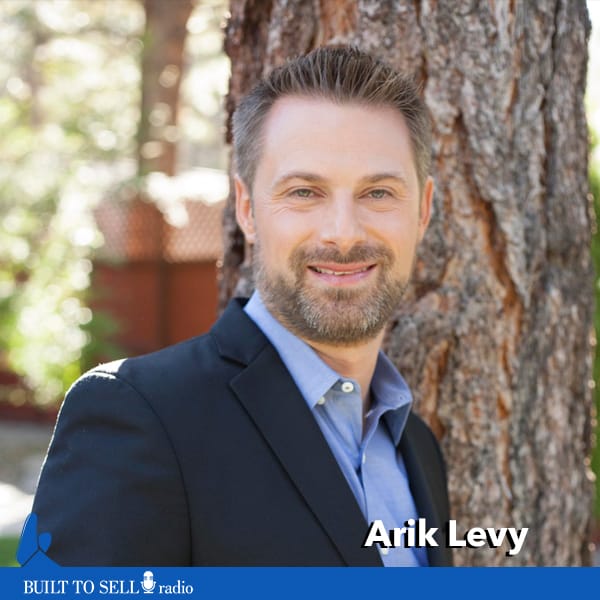About this episode
Luxer One went from around $1 million in sales in their first year to an incredible $37 million in 2018 without suffering the dilution of accepting a round of venture capital in part by charging property managers up front for his system. Here’s how he did it.
To read a transcript of this episode, click here.
Arik Levy had a problem with his shirt.
As a Vice President at PNI Corporation, he needed a pressed shirt every morning. When Levy had time to finally drop off his used shirts, his dry cleaner was closed. He’d have to go days without clean ones – until a lightbulb hit.
What if a locker system existed where a busy office worker could drop off their dry cleaning and the dry cleaner would pick them up?
In 2005, Levy turned his dream into a reality by launching Laundry Locker – an early pioneer in the burgeoning locker business. Levy worked hard to evolve Laundry Locker from a dry-cleaning locker service to offering lockers in apartment buildings who had tenants that needed packages delivered. He named the new company Luxer One.
Fast forward 13 years and Luxer was seeing an incredible $37 million in sales without suffering the dilution of accepting a round of venture capital in part by charging property managers up front for his system.
The process was unbreakable.
…Until he got approached by a nationwide retailer who wanted to install Luxer One lockers in all of their stores. A great win, with one catch: they would pay his entire bill only after the lockers were installed.
Levy needed money to finance such a big order and went looking for investors.
In this episode, you’ll learn:
- The savvy cash flow model Levy used to finance his growth
- The definition of BOPIS and why it’s a thing
- The downside of being a CEO guided by fear
- Why danger of accepting a venture capital investment
- How raising money can often lead to an entirely different outcome
Levy financed his growth (and avoided the dilution of a round of venture capital) by charging up front for his locker system. This one strategic decision meant his business was cash flow positive from the start. Do you have the money to finance your growth? If not, we’ll work through your options together in the Valuation Teeter Totter module of The Value Builder System™. Finish module one right now by getting your Value Builder Score.
Check out our article on 9 Ways To Add $22 Million Of Value.
And Operator Vs. Investors too.

About Our Guest
Arik Levy is the founder of Luxer One, Laundry Locker, and Drop Locker. As a serial
entrepreneur, Arik has revolutionized the use of 24-hour, self-service lockers in the
package delivery and dry cleaning industries. Arik pioneered lockers as a 21st century
solution to facilitate a streamlined customer experience and developed several business
models to capitalize on this opportunity. Arik serves as the President-elect of Entrepreneurs’ Organization (EO) Sacramento and
sits on the board of the California Cleaners Association, where he was formerly the
Association President.


